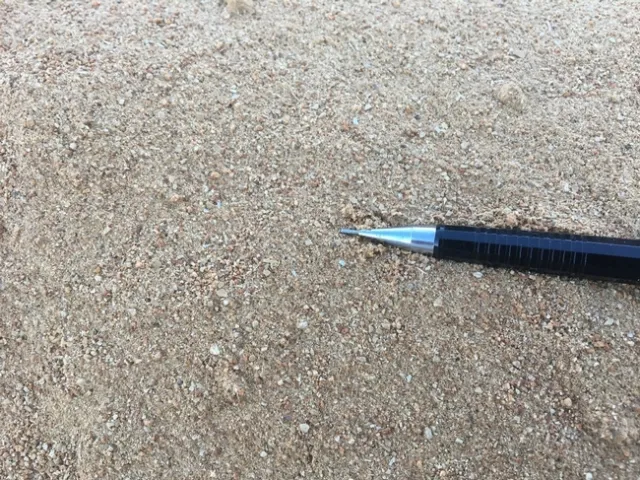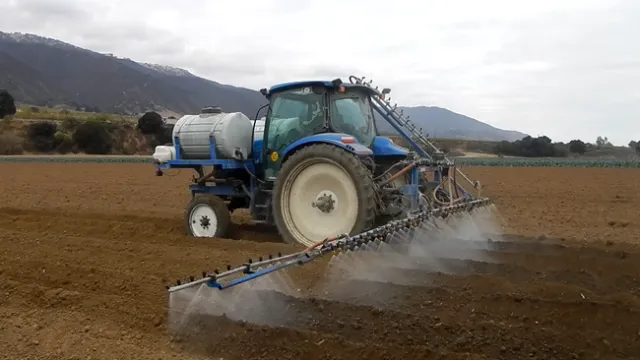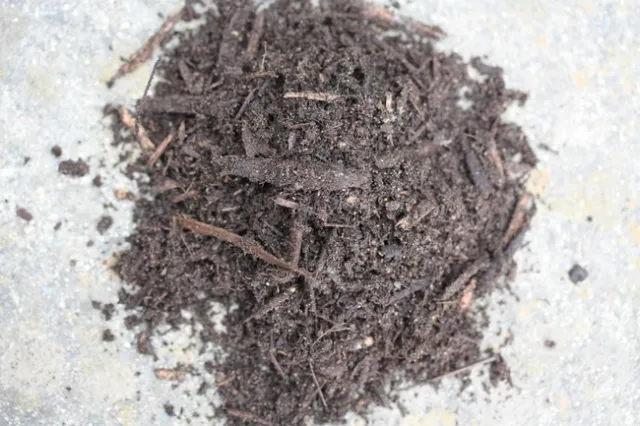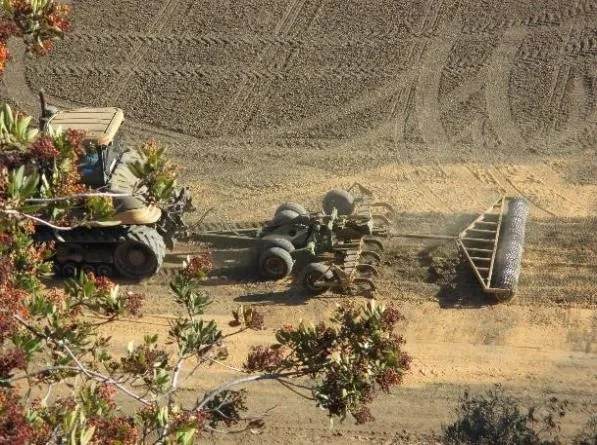Author/s: Richard Smith, Joji Muramoto and Patricia Love
UCCE Farm Advisor, Extension Specialist and Staff Research Associate
In the fall, following the crop production season, residual soil nitrate-nitrogen (N) levels increase when N-rich residues from crops such as broccoli are incorporated into the soil. Soil temperatures in the fall and early winter are adequate to allow decomposition of crop residues, as well as continued mineralization of soil organic matter. The resulting pool of residual soil nitrate-N is vulnerable to leaching by winter rains. Winter-grown cover crops trap a significant portion of this nitrate in their biomass, thereby providing a useful practice to reduce nitrate leaching during the winter fallow period; however, although growers may want to include cover crops in their rotations for the benefits that they provide, conflicts with spring planting schedules and economic hurdles such as high land rents often preclude their use. As an alternative practice, we conducted trials to evaluate the potential of using high carbon:nitrogen (C:N) organic amendments during the winter fallow period to immobilize soil nitrate-N and reduce leaching. Immobilization is a process whereby the soil microbes utilize a readily available source of C and available soil nitrate to stimulate rapid growth. As a result of this microbial activity, the pool of nitrate in the soil is reduced which in turn reduces the risk of nitrate loss by leaching. On the Central Coast, it is a common practice for grower to apply compost in the fall to improve soil tilth and health. Compost made from yard waste is the most commonly used material used on the coast and it has a C:N ratio that typically ranges from 13 to 20. By contrast high carbon compost is made from materials such as tree limbs and trunks that contain little N and has a C:N ratio of >40 and is capable of immobilizing larger quantities of nitrate. If the use of high carbon compost could be substituted for normal compost applications, it could potentially provide a best management practice (BMP) to immobilize soil nitrate-N during the winter fallow and help growers comply with water quality regulations enforced by the Regional Water Quality Control Board.
Studies were conducted each winter from 2016 to 2020 to evaluate reductions in nitrate leaching with the use of high carbon compost amendments. Each trial was instructive in helping us understand this practice and evaluate if it was an effective and economically viable practice that growers could incorporate into their operations. The following are the highlights of evaluations of potential materials:
- One of the most effective materials was almond shells ground to particles 0.5 mm in size (Photo 1). The C:N ratio of this material varied from 59 to 70. It reduced the load of nitrate-N in the top three feet of soil by as much as 34 to 47%, at 5 and 10 tons/A, respectively. Almond shells are readily available in the Central Valley, but transportation and grinding costs make the expense of this material an issue.
- Glycerol is source of highly labile carbon which soil microbes are capable of utilizing immediately (Photo 2). It reduced the load of nitrate-N in the soil by as much as 48%. This material is highly effective, but high cost at the rates found to be effective (1.25 – 2.5 tons/A, equivalent to 240 and 479 gallons/A, respectively) is the main issue with this material.
- Locally sourced compost made from tree limbs and trunks was obtained from the Marina Landfill that had C:N ratios that varied from 185 to 215. The main issue with this material getting it ground fine enough so that it could serve as a rapid source of C to allow the immobilization process to proceed during the winter fallow. We obtained a material called Forest Mulch Compost which is triple screened and, in one study, had sufficient fines to effectively immobilize nitrate (Photo 3). However, the material also contains coarse material that is not active in immobilization during the winter fallow. This material costs about the same as typical yard waste compost that is commonly used and therefore provides an affordable option. Forest Mulch Compost is the most practical option for a high carbon amendment that we have found. If a market for this material is stimulated, there could be an incentive to grind it to a smaller size which would increase its effectiveness.
High carbon amendments ideally immobilize nitrate during the winter fallow period and then stop immobilizing immediately when the subsequent cash crop is planted. In actual practice however, that is not always achievable. We observed issues with the high carbon compost tying up nitrate in the subsequent crop and the following are some details from these observations:
- The high carbon compost works best when thoroughly incorporated into the winter bed in order to place it in the proximity of the nitrate in the soil (e.g. in the top foot of soil). In our trials, the material was applied to the land planed field. The soil was then chiseled, and the beds listed (Photo 4). That process seemed to incorporate the material adequately for 40-inch beds, but less well for 80-inch beds. There is a need to explore ways to get more thorough incorporation into 80-inch beds.
- In one trial, 10 tons/A of almond shells caused continued immobilization in the subsequent lettuce crop and caused yield reduction. The 5 tons/A rate did not reduce lettuce yield. There is a need to continue to explore appropriate rates and incorporation methods.
- We conducted a trial in which we intentionally put too much high carbon compost onto beds and then applied various rates of a starter fertilizer to overcome the effect of immobilization. Higher rates of starter fertilizer were able to reduce the negative impact of immobilization.
The bottom line is that high carbon amendments can provide a useful practice to reduce the load of nitrate in the soil during the winter fallow. The use of a material like Forest Mulch Compost is affordable and has been shown to be effective. Like all new practices, grower will have to start off treating small areas and build up their expertise and confidence when employing this practice. It is our hope that the Regional Water Quality Control Board will consider high carbon amendments on the “R” (removal) side of the proposed “A (applied) – R” equation which is the metric that is currently proposed to measure compliance with the limits on the quantity of N applied to crops.

Photo 1. Finely ground almond shells. Particle size <0.5 millimeter

Photo 2. Glycerol being applied to 40 inch beds.

Photo 3. Forest mulch compost (made from tree branches and trunks and triple screened).

Photo 4. Chiseling almond shells to incorporate into the soil.

